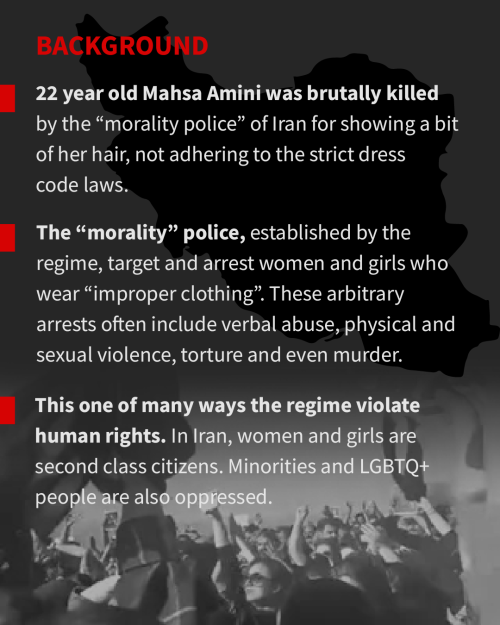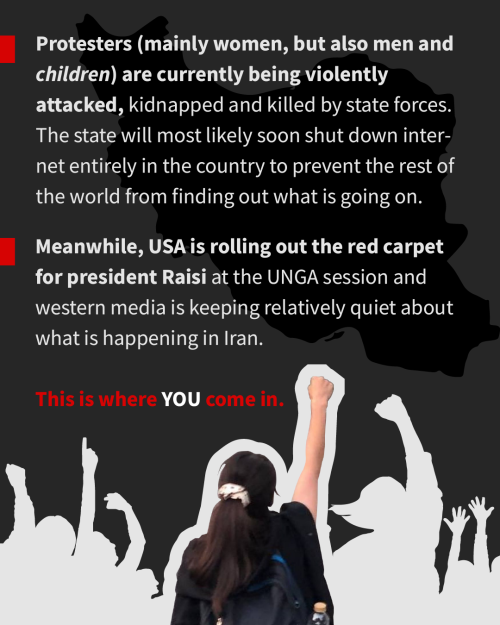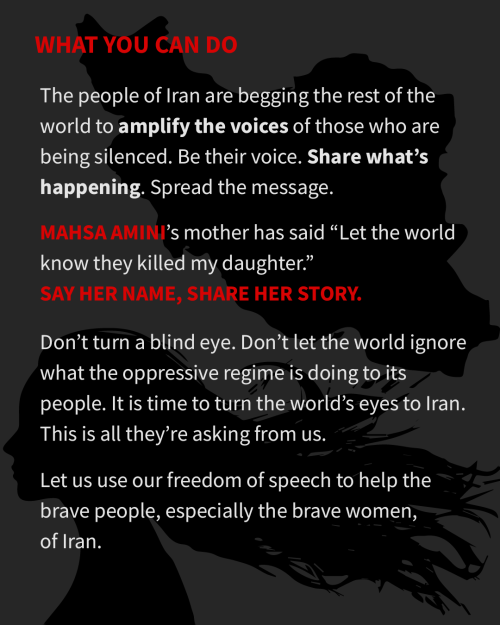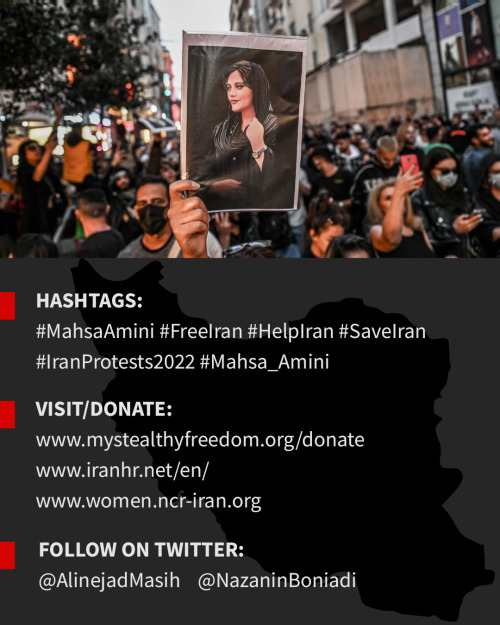Eight Rules For Writing Fiction: 1) Use The Time Of A Total Stranger In Such A Way That He Or She Will
Eight rules for writing fiction: 1) Use the time of a total stranger in such a way that he or she will not feel the time was wasted. 2) Give the reader at least one character he or she can root for. 3) Every character should want something, even if it is only a glass of water. 4) Every sentence must do one of two things — reveal character or advance the action. 5) Start as close to the end as possible. 6) Be a sadist. Now matter how sweet and innocent your leading characters, make awful things happen to them — in order that the reader may see what they are made of. 7) Write to please just one person. If you open a window and make love to the world, so to speak, your story will get pneumonia. 8) Give your readers as much information as possible as soon as possible. To heck with suspense. Readers should have such complete understanding of what is going on, where and why, that they could finish the story themselves, should cockroaches eat the last few pages.
– Kurt Vonnegut
More Posts from Sinedra and Others
writing specific characters - advice
a young character
a character who lost someone important
a villain (2)
a character based on yourself
a hit man or mercenary
an indifferent character
a bitchy character
a dancer
a vampire
a drunk character
a manipulative character
a friends with benefits relationship
a natural born leader
a nice character
a rich character
a witty character
Writers don’t write from experience, although many are hesitant to admit that they don’t…If you wrote from experience, you’d get maybe one book, maybe three poems. Writers write from empathy.
Nikki Giovanni (via wordsnquotes)
Advice for Fanfiction Writers
Note, these are my personal opinions but I thought they might help some people.
1) Always write for you. Not for likes or reviews/comments or favorites, write because it’s what you want to do.
2) Take a few minutes to proof read, don’t post right away. Get in the habit of editing.
3) Always leave a coherent summary. Don’t apologize or or talk to the reader in this section, let them know what the story is about. That’s what that space is there for. You don’t need to tell them it’s your first fanfiction, in fact it might color the reader’s impression of your story. Instead give readers a strong summary to keep them hooked. This leads to my next point.
4) Always stay confident. Criticism hurts, but that doesn’t mean you’re bad at writing or untalented. Keep at it, you’ve got this. Confidence shines through your work.
5) Do a little research, readers will appreciate it. I’m not sure I’ll trust a story where characters wears jeans in a medieval setting or use katana in modern London. A little bit of fact checking goes a long way.
6) Don’t hate on pairings you don’t like. This is more of a courtesy than anything, but fanfiction is about imagination and creativity. Hostility only leaves a bad impression of you on potential readers. Keep it to yourself if you can’t be nice.
7) Leave trigger warnings, please. Some readers really need them and views are not worth the emotional suffering of someone else. If you’re uncertain what might be a trigger then go ahead and note it anyway. Better safe than sorry.
8) Be yourself. Write what you want without fear. You can grow writing fanfiction, it isn’t something to be ashamed of. Many famous people did before fanfiction even had a name. Keep going and post your stories. You owe it to yourself.
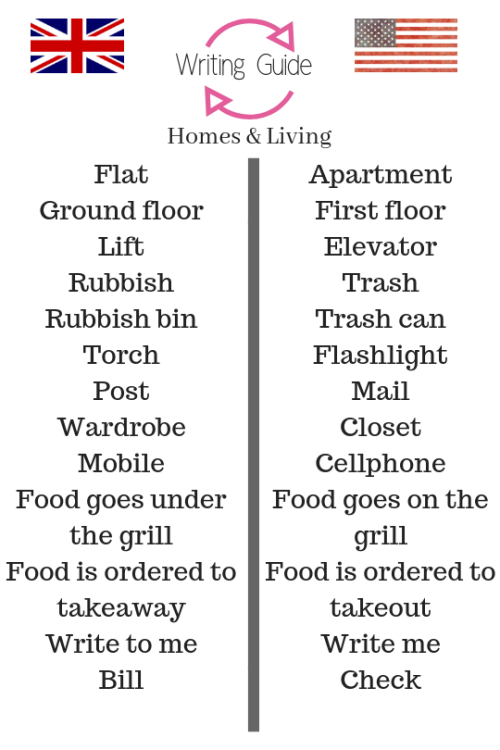


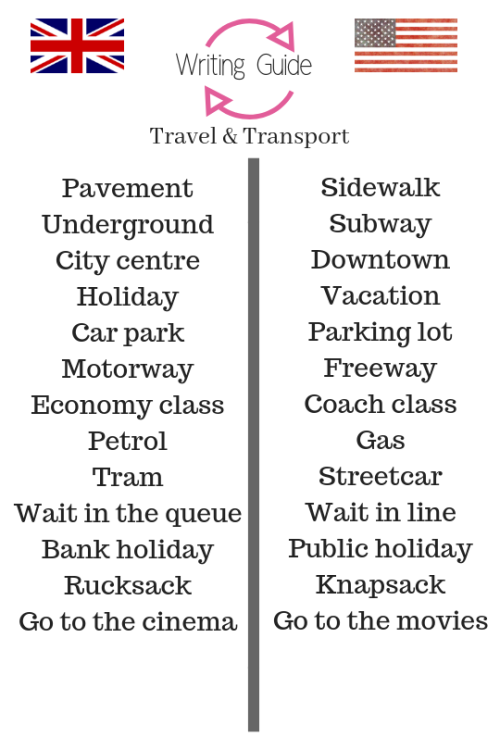
For any of you who are writing ‘across the pond’-here is a little guide I put together of some common differences between British and American English!
I write to give myself strength. I write to be the characters that I am not. I write to explore all the things I’m afraid of.
Joss Whedon (via dragontameroutofcharacter)
writing reminders
it's ok to write only for yourself
it's ok to not share your writing with the world
it's ok to want validation
it's ok to write self-indulgent stories
it's ok to write only one genre
it's ok to share your writing regardless of your skill
it's ok to praise your own writing
it's ok to abandon wips
it's ok if you don't write every day
it's ok if you write fanfiction (because people who claim it isn't real writing is wrong)
it's ok to use clichés
it's ok to have a bad day of writing
it's ok to be a slow writer
it's normal to have days in which you doubt the things you write, that doesn't mean you're a bad writer
it's ok to ask for feedback
it's ok to cringe at your old writing
it's ok to hype up your writing online
it's ok to celebrate your achievements
OKAY HAVE YOU HEARD OF THE NATURAL HISTORY OF DRAGONS BY MARIE BRENNAN
NO! WHAT IS IT?! I MUST KNOW!!
P.S. sorry for public answer, forgot my settings were like that.
I wanted to write an indulgent story, where most of the characters were strong women. But as I was planning out a story, (a fantasy one where only women have magic) I realized that what a white woman wants to see in a strong woman might be different from anyone else, but I have no idea how to research that. Do you have any advice? (Sorry if this is worded awful! I hope you understand but it’s alright if you don’t.)
Writing Powerful Women of All Races
It’s great that you recognize that women’s representation is not one size fits all. What makes for good representation for white women is not the same for Women of Color.
Let’s consider how society handles women across the board:
White Women:
Traditionally, white women are treated as delicate beings, meant to be protected and romanced by men. White women are the standard of femininity and beauty. Women of Color can be attractive, too, but in a “different” way. Most positive roles for white women depict them breaking from these definitions, either embracing sexual labels or evading them by throwing out the need to be dolled-up, gentle, or in a relationship.
Even these problems come with privilege as there is this need to “dirty” oneself up and prove physical and emotional strength.
Anger in white women is seen as powerful. Anger in non-white women is either sexualized (see: the Spicy Latina) or seen as hostility and bitterness typical of their race (see: the Angry Black Woman).
White women embracing sexuality and the “Slut” role is groundbreaking. That doesn’t always translate well for WoC who are inherently seen as overly sexual and impure, and have the highest rates of sexual assault to show for it.
Black Women:
Black women are most often placed into the role of strong and independent, with an emotional and physical hardness that resists love and tenderness. They don’t need support, but they’ll be more than willing to use their backs to uplift others, no matter the gender, all and any races. Black women are rarely portrayed with classical softness or femininity. Note how Black women are so hard and impenetrable…except when it comes to helping everyone but themselves. Then they are your Mammy, warm and lovable and always there to support you, despite how much self-care they must neglect.
Asian Women:
Comparably, Asian women, especially East Asian women but other Asian women are affected too, are placed in juxtaposition to Black women. Asian women are fragile and need shielding, but that comes with a sinister dose of fetishization. They are often viewed as submissive, and are given gross comparisons to dolls as if items to place on display and control. They’re desirable, but in an “exotifc” way, and of course are not seen to have the same worth as white women.
This is often depicted in works, both old and modern: The white man falls in love with the Asian woman. After he’s had his fun, he abandons her to settle down with a white woman. The Asian woman ends her life as it is worth nothing without him.
On the flip side: Asian women are fragile and worth protecting…except when they’re not. The Dragon Lady stereotype features Asian women (Mainly East Asian) who manipulate and dominate others. This stereotype is often depicted by them dominating white men for Yellow Peril ends.
Native women:
Native women are seen as simple and animalistic, their “simpler” culture relating to “primal” needs. The narrative starts with Pocahontas, a scantily clad Disney princess who shows a white settler the wonders of the “natural” world, and continues all throughout Halloween costumes, Noble Savage, and Animalistic Natives. This very exact fetishization makes them prime targets for toxic masculinity’s view that women actively desire the more “beastly”/forcible sex, basically assuming Native women will behave like animals in heat— because that’s what society believes Natives are: a type of animal.
Women of Color:
Although this is grouping a number of women into one, they share a common thread of being exotified and fetishized. From the Spicy Latina to the brown-skinned temptress. They’re fun and sexy, and on the same hand promiscuous and impure. WoC are often portrayed as mistresses and homewreckers.
Women of Color are treated as Other, and are rarely the default. Notice in media that there’s a reluctance to call Women of Color beautiful. Words like “Striking” “Stunning” and “Exotic” are often used in its place, with an overemphasis on certain features more common to the ethnicity. And when they are more certainly called attractive, you’ll often find qualifiers such as the Dark Beauty or “Pretty for a Black Girl.”
While there is a lot of desexualizing in association with Black women (e.g. mammy), there’s another side where a Black woman’s body (see: curves and full lips) are inherently sexual to the point where even teenagers are labeled as “ho’s” and “Thots” who seek to tempt men for simply wearing shorts.
It’s no wonder Women of Color are assaulted at the highest numbers. Native American women lead in those statistics, and are at risk for sexual assault at twice the rate of others. For more stats, follow the link: (X)
A shared thread between all of these Women of Color is that, more often in not, people will not be content with these women being anything but their expected stereotypes. Also, there’s often a grumble by racist audiences when WoC are presented in relationships outside of their own race, particularly if they go anywhere near beloved white characters.
It’s time to break free of limited, dated molds and make society uncomfortable.
How do I represent these women, respectively?
I love your story concept, with all of these women having powers. Just keep in mind: what will work as positive representation for your white women may not work for Women of Color. We all have different histories that inform the struggles we have in society and what counts as proper representation.
Develop characters without applying what works for white women to all women. That is White Feminism. Intersectional feminism exists to consider Women of Color + other marginalizations and their needs as well.
Create customized representation that uplifts each women.
Develop personalities that don’t play into stereotypes. Choose powers that reflect individuality for each woman, not what is assumed about Black women, Mexican women, etc. What we hear and see in media informs our creative thought process, so your first idea may not be the most fitting one. Brainstorm! As a starting point, do opposite of the stereotypes and go from there. At the same time, find a balance to avoid extremes.
For example, the fragile Asian woman’s opposing extreme is Dragon Lady. The Strong Black Woman’s opposing extreme leads to infantilization aka making her utterly helpless.
And even then! Consider that sometimes people do have traits that may seem stereotypical. If that’s the case, it’s your job as the author to show that there’s more to them. They are human and not a label.
You can be physically strong, and still bubble with kindness, emotional softness and femininity.
Pink nail polish does not weaken a punch, or define someone as too girly or weak. It means you like pink.
You can show emotional vulnerability, fall in love and be loved in return, and still remain powerful and whole without becoming the Strong Black Women.
You can be gentle and worthy of protection while having self-worth and confidence.
You can be sensual and desirable without becoming an exotic commodity, but instead someone who is more than sexual, is in control, and 100% deserving of respect.
You can also just not be sexual, but that shouldn’t mean void of love to give and receive in return.
More reading: Stereotyped vs Nuanced Characters and Audience Perception
Research
There’s many places for you to start your research, and tons of it has been written right here on this page as well as all across the web in articles, blogs, vlogs, books etc. Seek topics on representation and intersectional feminism for the races you wish to portray. The best sources are written by the same people you’re reading about. Check out our Stereotypes & Tropes Navigation and the TVTropes List so you can recognize the displeasing ways WoC have been represented so you can avoid or amend it, and showcase people the way they want to be represented.
I also recommend you check out POC Profiles for the types of representation people who have submitted here are asking for. The WWC mods have also written on the topic in the Mod Wishlist post.
–WWC

Tastes and aromas. What a fun little chart!
-
 the-luna-tic-left reblogged this · 1 month ago
the-luna-tic-left reblogged this · 1 month ago -
 letsselenitequartz liked this · 1 month ago
letsselenitequartz liked this · 1 month ago -
 wheredidhiseyebrowsgo liked this · 3 months ago
wheredidhiseyebrowsgo liked this · 3 months ago -
 f0xf0ce liked this · 5 months ago
f0xf0ce liked this · 5 months ago -
 supplehoney reblogged this · 5 months ago
supplehoney reblogged this · 5 months ago -
 sayo-nora liked this · 8 months ago
sayo-nora liked this · 8 months ago -
 reneethegreatandpowerful liked this · 8 months ago
reneethegreatandpowerful liked this · 8 months ago -
 ten-million-shrieking-deers liked this · 10 months ago
ten-million-shrieking-deers liked this · 10 months ago -
 rudimentaryflair liked this · 1 year ago
rudimentaryflair liked this · 1 year ago -
 arandominternetwriter reblogged this · 1 year ago
arandominternetwriter reblogged this · 1 year ago -
 neptunecookies liked this · 1 year ago
neptunecookies liked this · 1 year ago -
 dernhelme liked this · 1 year ago
dernhelme liked this · 1 year ago -
 just-a-fangurl liked this · 1 year ago
just-a-fangurl liked this · 1 year ago -
 savageorchids liked this · 1 year ago
savageorchids liked this · 1 year ago -
 onstrangerthighs liked this · 1 year ago
onstrangerthighs liked this · 1 year ago -
 freehandswagonnickel-blog liked this · 1 year ago
freehandswagonnickel-blog liked this · 1 year ago -
 g0dlych0c0late liked this · 1 year ago
g0dlych0c0late liked this · 1 year ago -
 diecrawalunprof liked this · 1 year ago
diecrawalunprof liked this · 1 year ago -
 be-anti-fragile liked this · 1 year ago
be-anti-fragile liked this · 1 year ago -
 aradiantsun reblogged this · 1 year ago
aradiantsun reblogged this · 1 year ago -
 abitscripturient reblogged this · 1 year ago
abitscripturient reblogged this · 1 year ago -
 newdawnhorizon reblogged this · 2 years ago
newdawnhorizon reblogged this · 2 years ago -
 preppypotato liked this · 2 years ago
preppypotato liked this · 2 years ago -
 irreputablyyours reblogged this · 2 years ago
irreputablyyours reblogged this · 2 years ago -
 irreputablyyours liked this · 2 years ago
irreputablyyours liked this · 2 years ago -
 lireb-librarian liked this · 2 years ago
lireb-librarian liked this · 2 years ago -
 taboo-delusion liked this · 2 years ago
taboo-delusion liked this · 2 years ago -
 gqutie-blog liked this · 2 years ago
gqutie-blog liked this · 2 years ago -
 ishgard liked this · 2 years ago
ishgard liked this · 2 years ago -
 psalmsofpsychosis liked this · 2 years ago
psalmsofpsychosis liked this · 2 years ago -
 thingsthatareawesome reblogged this · 2 years ago
thingsthatareawesome reblogged this · 2 years ago -
 kimddeonyu liked this · 2 years ago
kimddeonyu liked this · 2 years ago -
 fates-journal liked this · 2 years ago
fates-journal liked this · 2 years ago -
 mysticstarlightduck liked this · 2 years ago
mysticstarlightduck liked this · 2 years ago -
 blueautumnskies liked this · 2 years ago
blueautumnskies liked this · 2 years ago -
 theroundbartable liked this · 2 years ago
theroundbartable liked this · 2 years ago -
 ewanmcgreghur liked this · 2 years ago
ewanmcgreghur liked this · 2 years ago -
 mrow3meow3 liked this · 2 years ago
mrow3meow3 liked this · 2 years ago -
 niraelyn liked this · 2 years ago
niraelyn liked this · 2 years ago

A simple blog dealing with writing, books, and authors. Writing blog is Sinedras-Snippets. Icon and header by miel1411
164 posts

